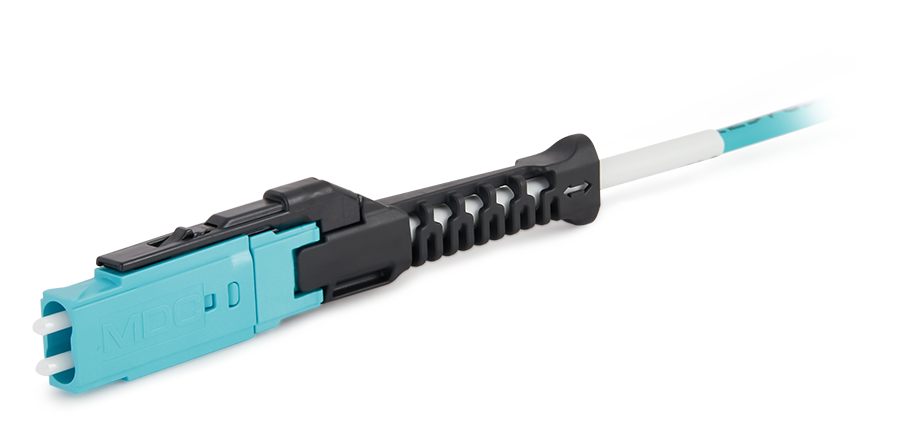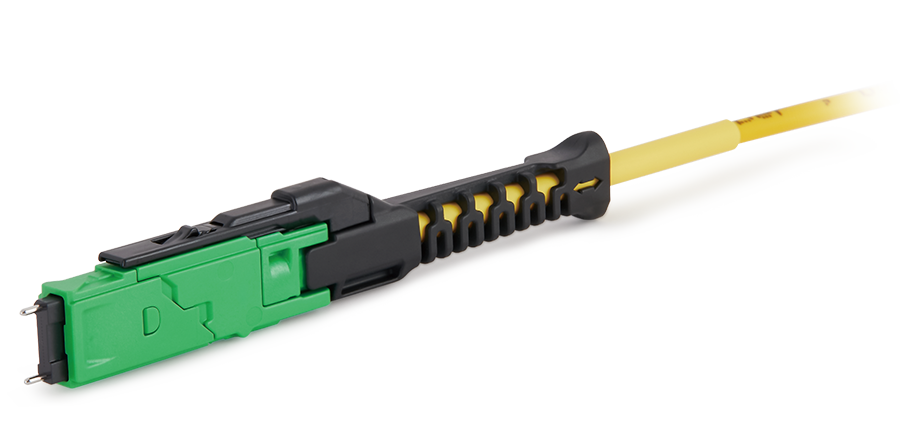Due to its unique advantages—such as high precision, stability, compact size, and immunity to electromagnetic interference—the FBG sensor has shown significant potential in a variety of industries.
FBG Sensor Application
As the core component in sensing systems, the FBG sensor is capable of measuring various physical parameters, including temperature, pressure, strain, and acceleration. In civil engineering, the FBG sensor is used to monitor the structural health of bridges, dams, and buildings. In the oil and gas industry, it is applied to track stress and temperature fluctuations in pipelines. In the aerospace sector, the FBG sensor can be embedded into aircraft structures to monitor stress distribution in real time during flight.
FBG Sensor: Aerospace and Defense
The FBG sensor can be integrated into the structure of aircraft, rockets, and other aerospace vehicles to ensure flight safety by monitoring real-time stress distribution. It is also used in the development of smart perimeter systems and intrusion detection solutions to enhance the security of military bases and critical facilities.
FBG Sensor: Manufacturing and Energy
In manufacturing, the FBG sensor can be embedded into equipment within smart factories, enabling real-time monitoring of production processes to improve efficiency and quality control. In the energy sector—including wind, solar, and nuclear energy—the sensor supports the monitoring of equipment conditions to prevent failures and maintain system stability.
T&S's FBG sensor, developed with fiber Bragg grating technology, is widely used in structural health monitoring, smart grid systems, oil and gas, aerospace, and other fields. Its main features include high measurement accuracy, resistance to electromagnetic interference, high-temperature and corrosion tolerance, and durability in radiation-intense environments. In addition, the FBG sensor offers high sensitivity, long-distance transmission, and strong environmental adaptability, making it well-suited for demanding applications.

 Fiber Optic Flex Circuit (FOFC)
Advanced Simulation & Optimization, High Positioning Accuracy, Flexible Customization, Rigorous Reliability Testing
Fiber Optic Flex Circuit (FOFC)
Advanced Simulation & Optimization, High Positioning Accuracy, Flexible Customization, Rigorous Reliability Testing MDC Solution
US Conec's MDC connector is a Very Small Form Factor (VSFF) duplex optical connector, expertly designed for terminating single-mode and multimode fiber cables with diameters up to 2.0mm.
MDC Solution
US Conec's MDC connector is a Very Small Form Factor (VSFF) duplex optical connector, expertly designed for terminating single-mode and multimode fiber cables with diameters up to 2.0mm. MMC Solution
US Conec's Very Small Form Factor (VSFF) multi-fiber optical connector that redefines high-density connectivity with its cutting-edge TMT ferrule technology and intuitive Direct-Conec™ push-pull boot design.
MMC Solution
US Conec's Very Small Form Factor (VSFF) multi-fiber optical connector that redefines high-density connectivity with its cutting-edge TMT ferrule technology and intuitive Direct-Conec™ push-pull boot design. EN
EN
 jp
jp  fr
fr  es
es  it
it  ru
ru  pt
pt  ar
ar  el
el  nl
nl 



_and_High-Reflection_(HR)_Optical_Coatings.webp)
